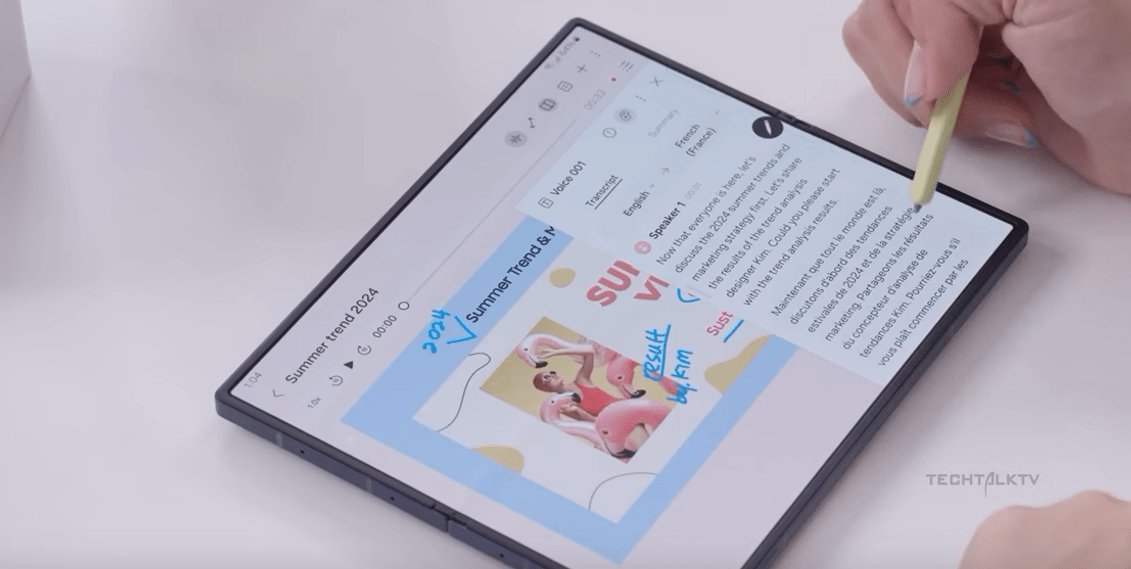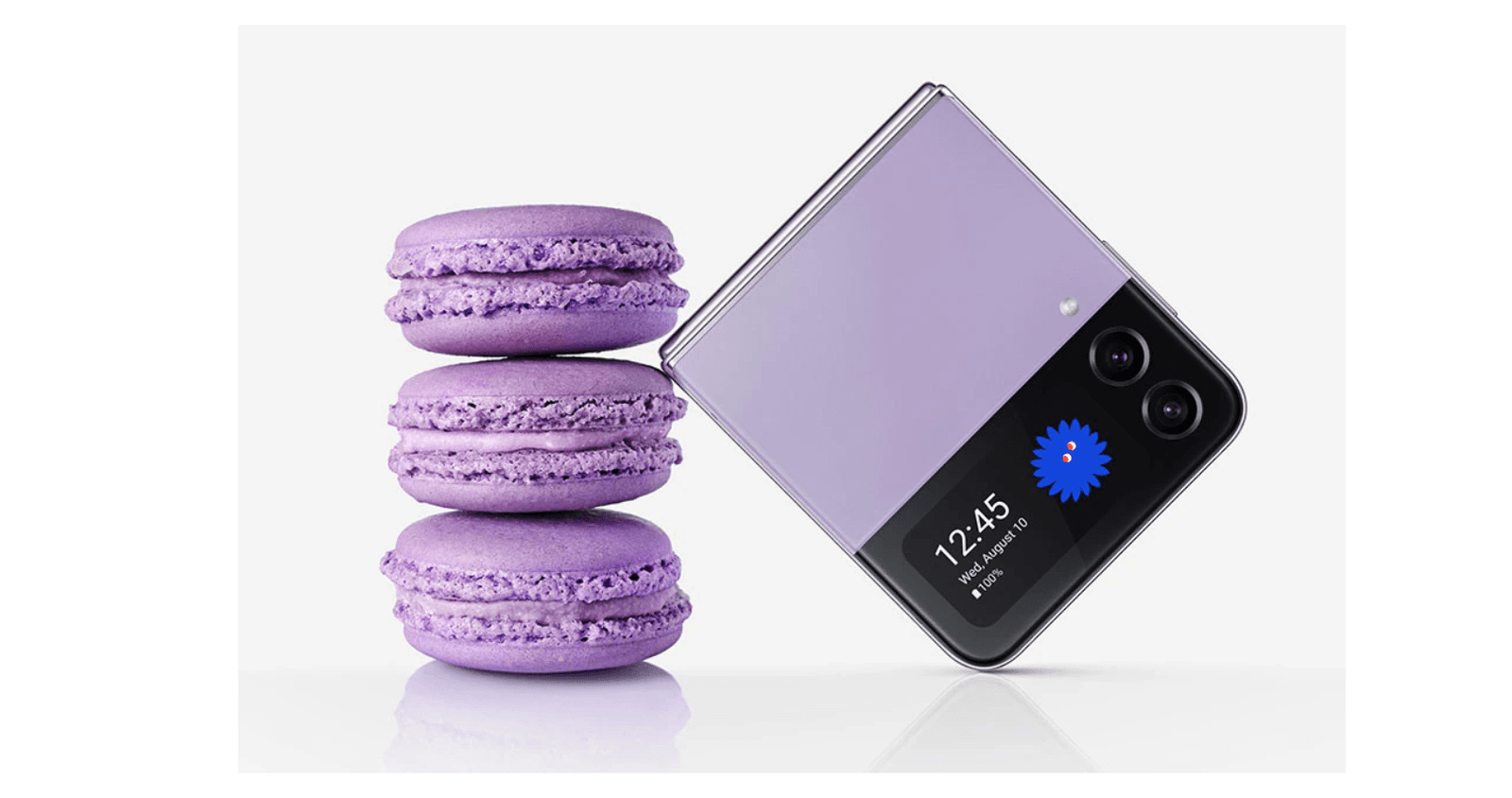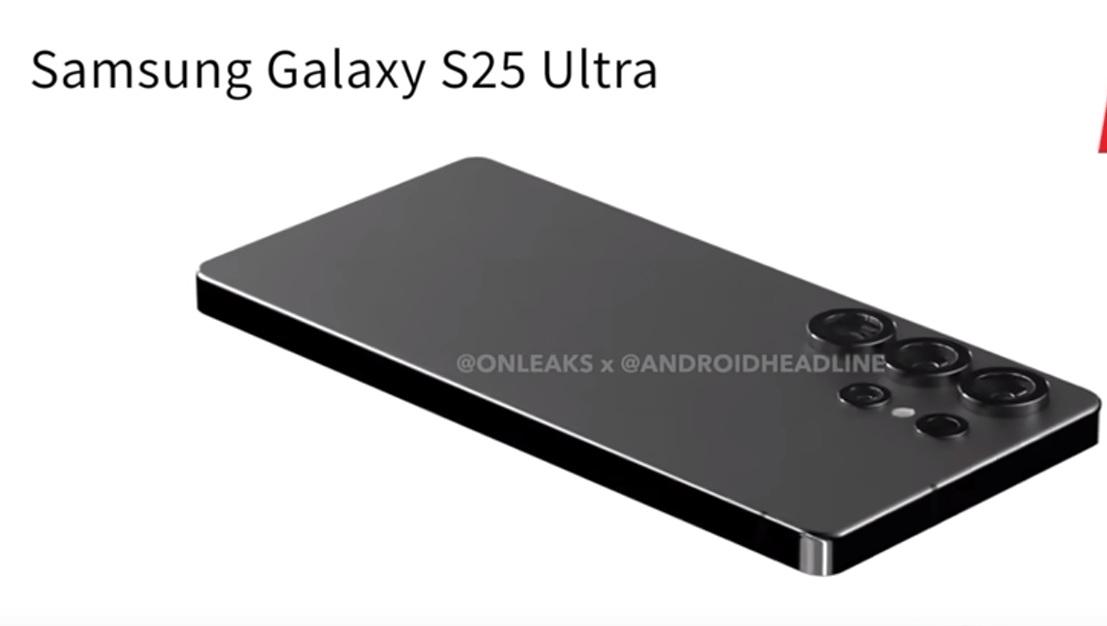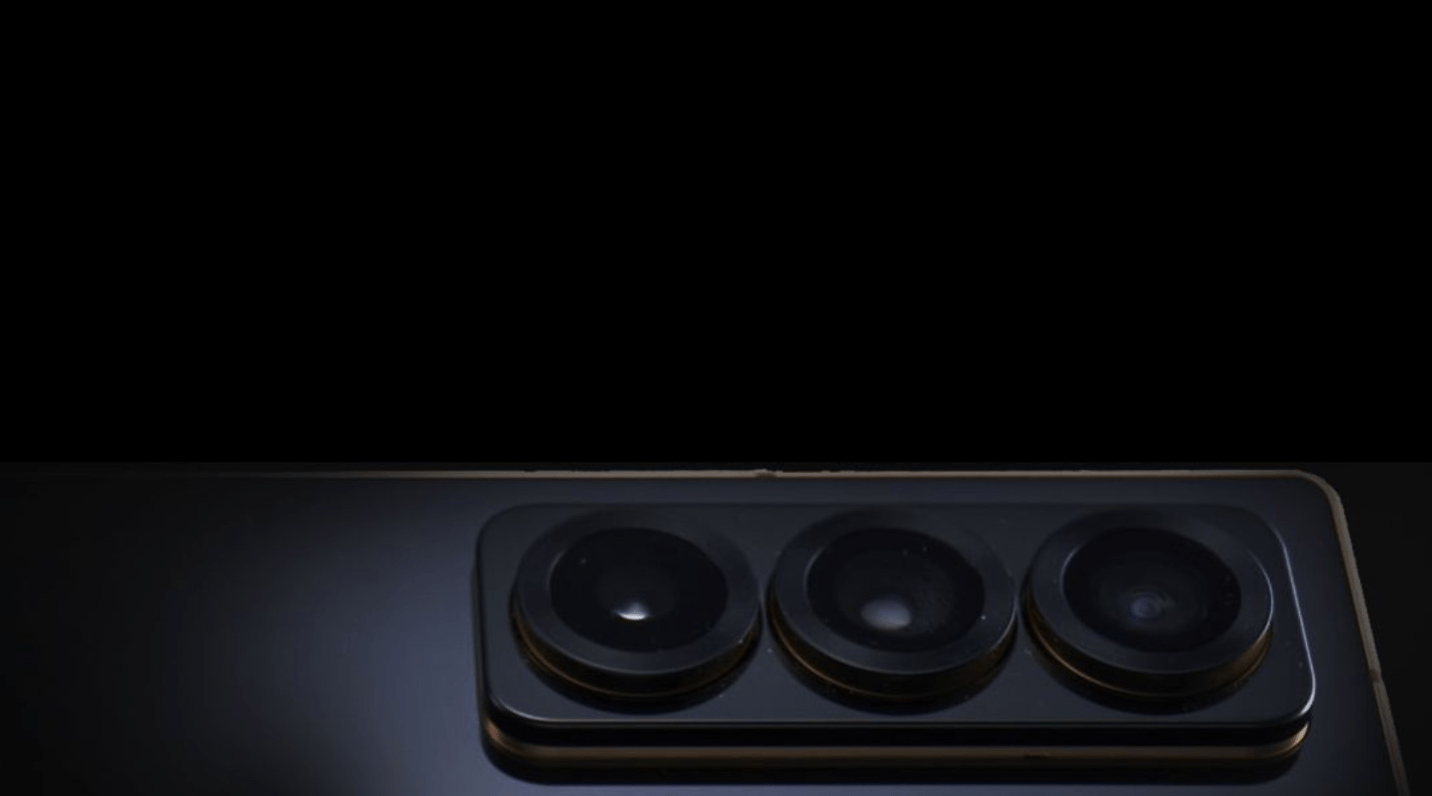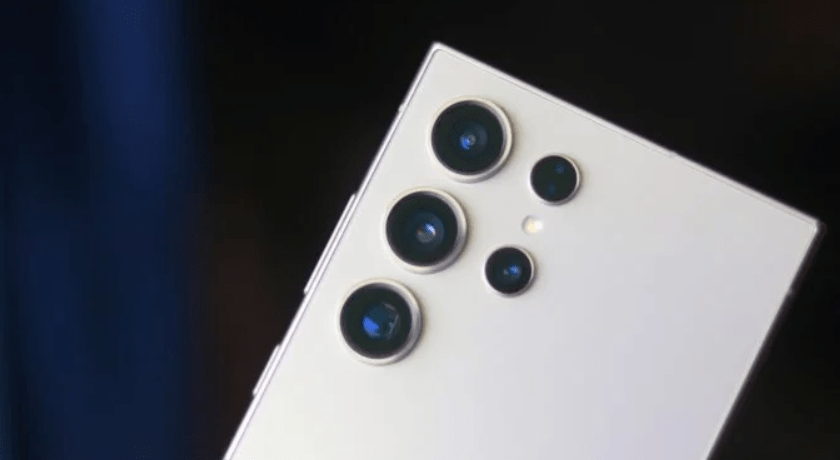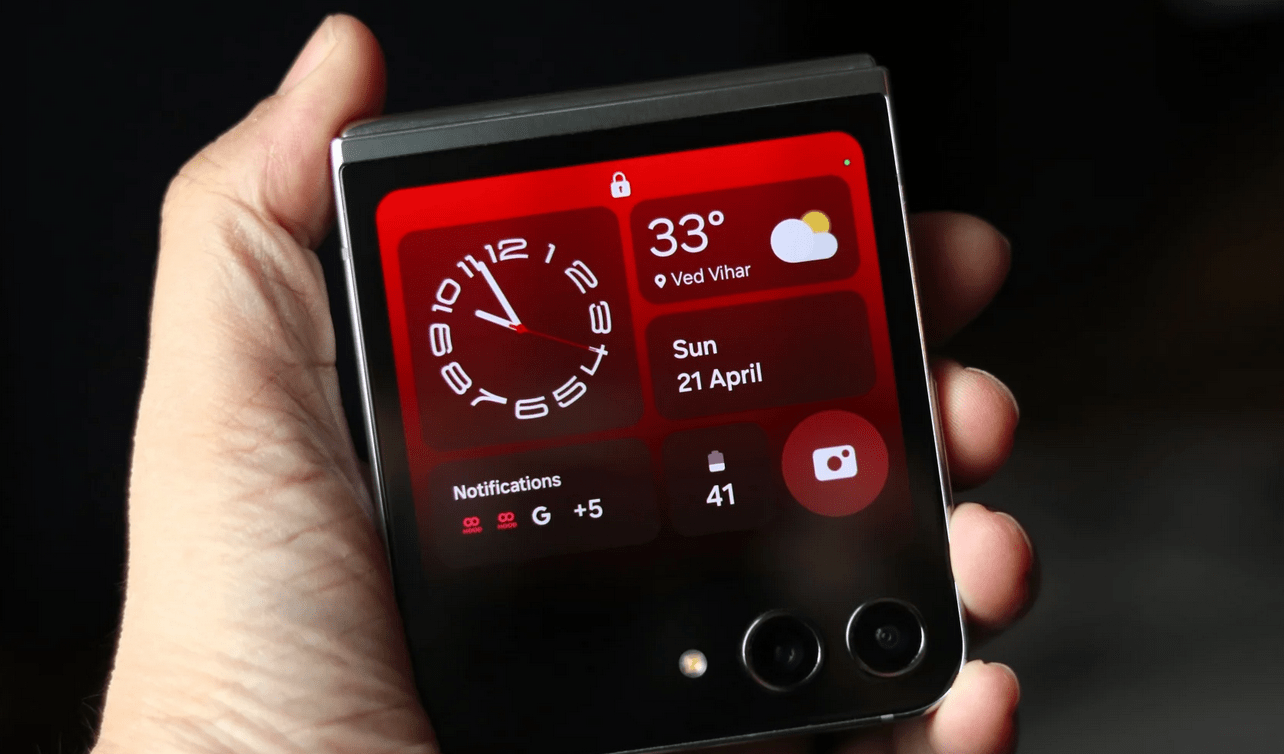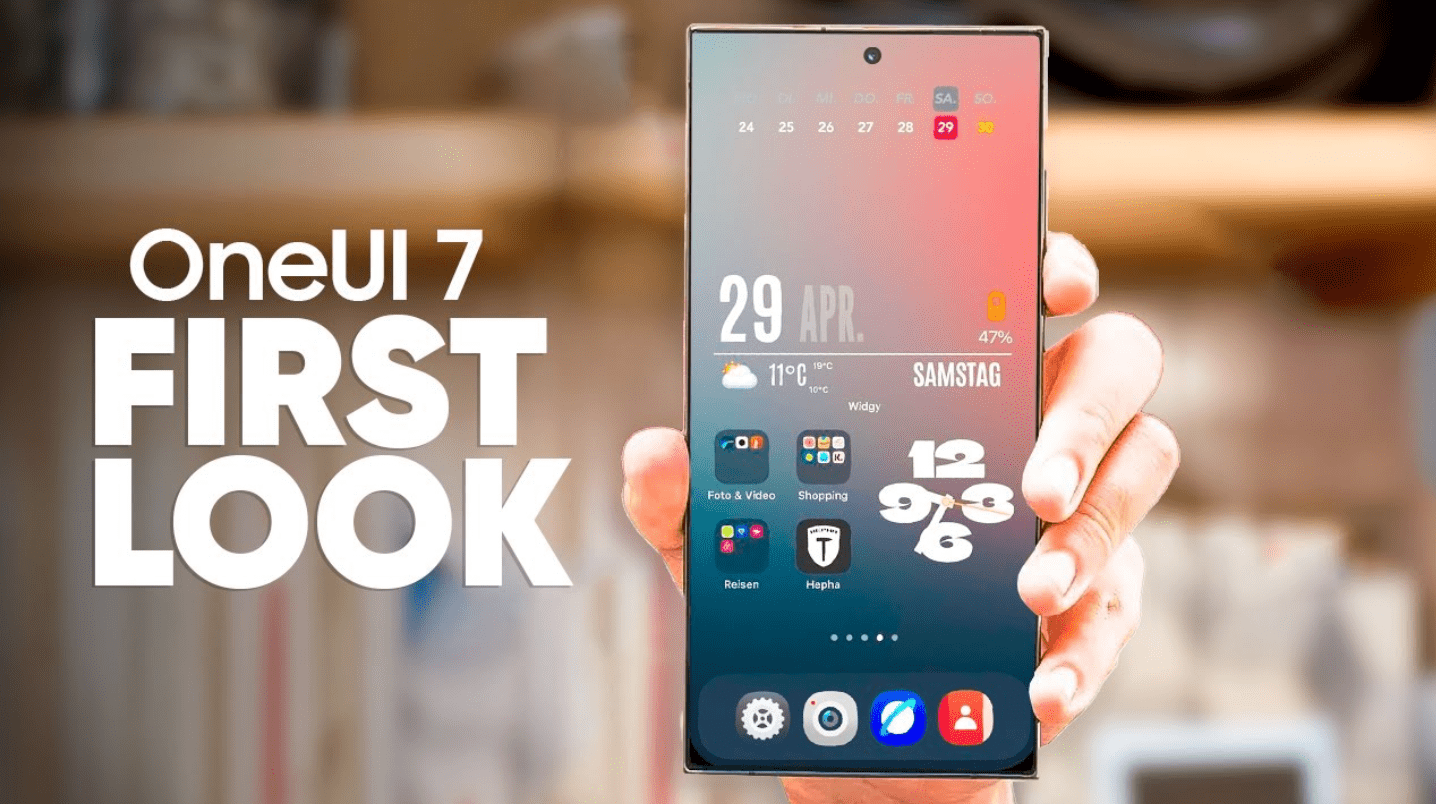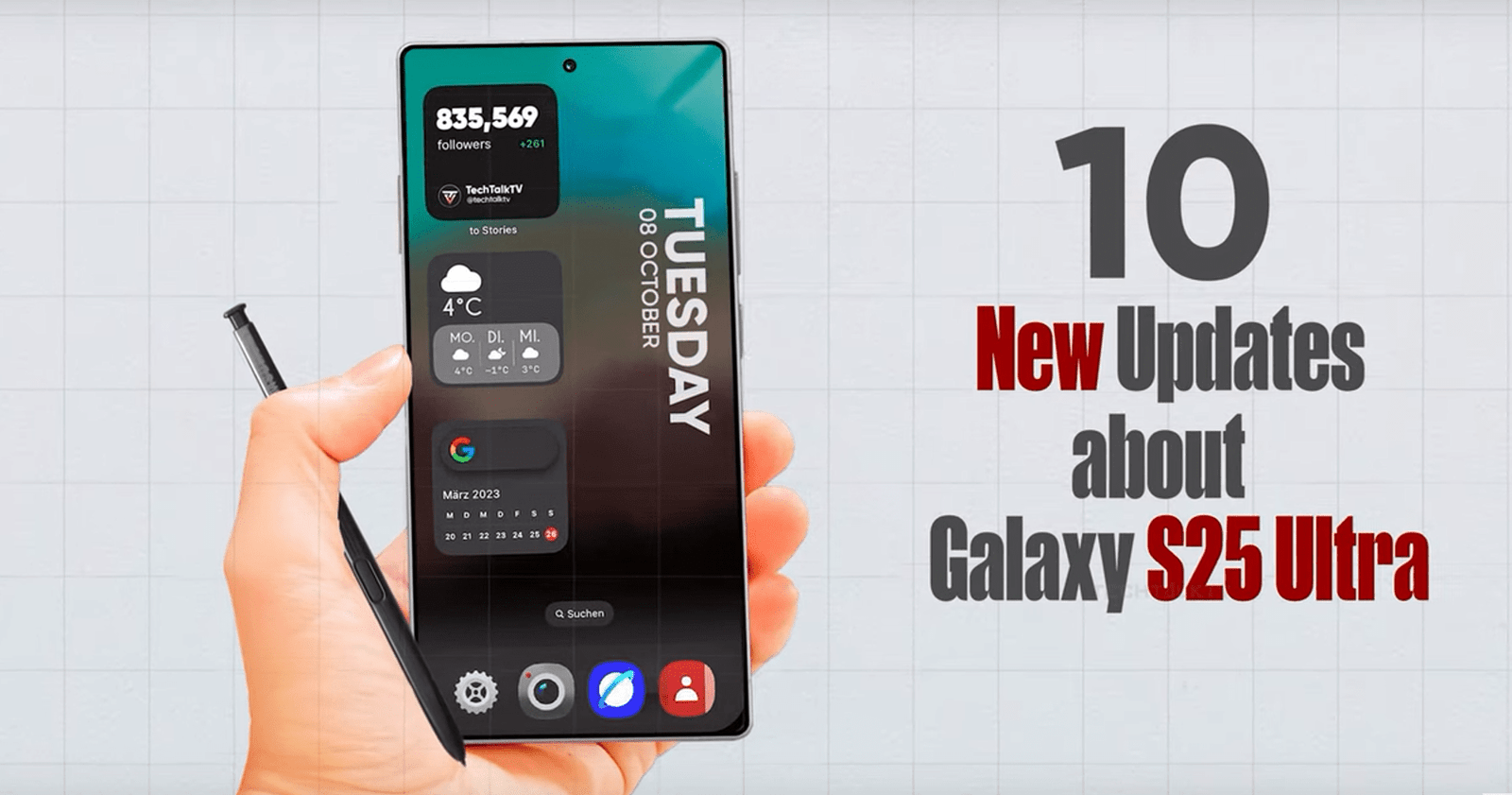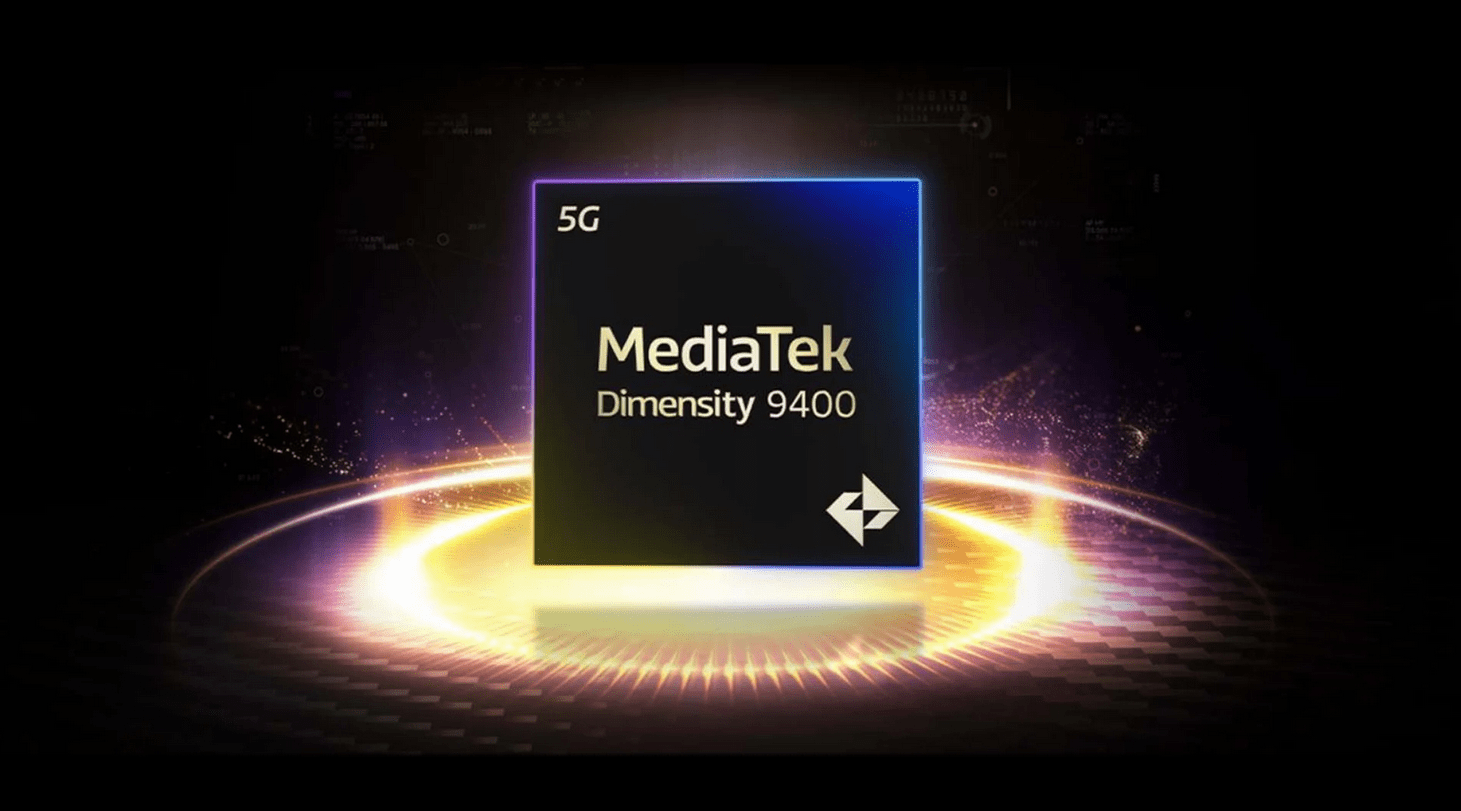Introduction
Samsung has once again taken a giant leap in the tech world. In 2023, the tech giant revealed its plans to introduce cutting-edge three-dimensional 3D HBM Chip Packaging technology. This innovation promises to revolutionize the integration of memory and processors for high-performance chips, all in a much smaller form factor. Fast forward to June 2024, at the Samsung Foundry Forum in San Jose, Samsung announced the imminent launch of its 3D packaging services for High Bandwidth Memory (HBM). This groundbreaking move is poised to reshape the semiconductor landscape.
Background
Currently, HBM chips predominantly rely on 2.5D technology. This method connects the chips horizontally on a silicon interposer. While effective, this technology has its limitations. The industry’s move towards more advanced solutions has been inevitable, and Samsung’s new 3D HBM packaging is set to address these limitations head-on.
Samsung’s 3D HBM Chip Packaging Technology
So, what exactly is 3D HBM packaging? Unlike the 2.5D approach, 3D packaging involves stacking HBM chips vertically on top of a GPU. This method eliminates the need for a silicon interposer, significantly speeding up data learning and inference processing. The result is a more efficient, compact, and powerful chip package that promises to meet the growing demands of advanced computing applications.
Samsung Foundry Forum Highlights
The Samsung Foundry Forum in San Jose was a hotbed of innovation and excitement. Samsung’s announcement about 3D HBM packaging technology stole the show, highlighting the company’s commitment to pushing the boundaries of semiconductor technology. This move is not just about keeping up with industry trends but setting new standards for performance and efficiency.
Technological Innovations in 3D HBM
Samsung’s 3D HBM technology is built on its advanced SAINT (Samsung Advanced Interconnect Technology) platform. This platform includes three types of 3D stacking technologies: SAINT S, SAINT L, and SAINT D
SAINT S: Vertically stacks SRAM on logic chips like CPUs.
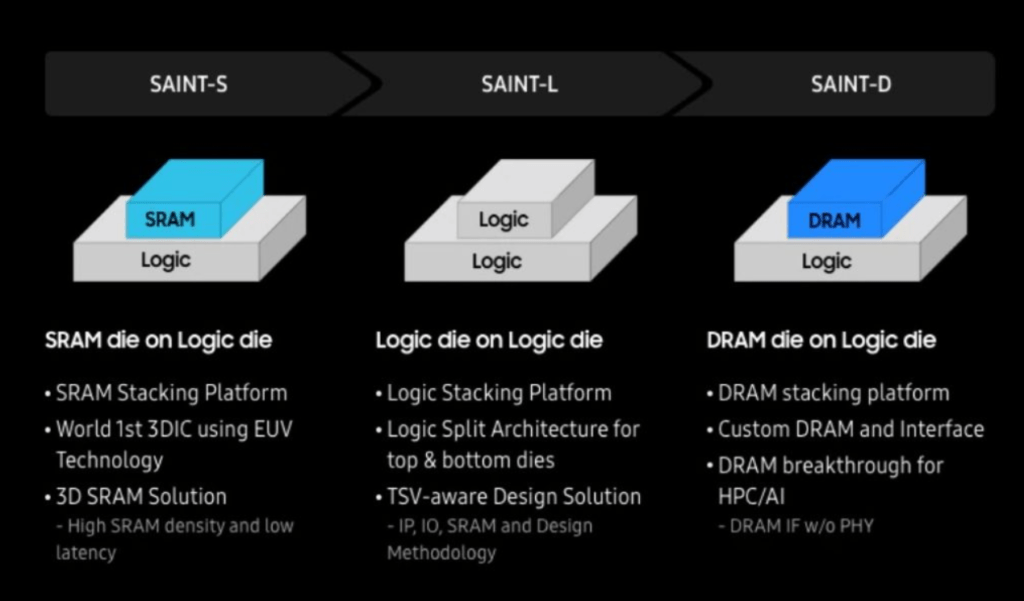
SAINT L: Stacks logic chips on top of other logic chips or application processors (APs).
SAINT D: Involves the vertical stacking of DRAM with logic chips such as CPUs and GPUs.
Each type of SAINT technology offers unique advantages, catering to different needs and applications within the semiconductor industry.
HBM4: The Next Generation
The sixth generation of the HBM family, HBM4, is the next big thing in memory technology. Samsung’s 3D HBM Chip packaging will first be applied to HBM4, promising unprecedented performance levels. HBM4 chips are designed to handle the most demanding data processing tasks, making them ideal for AI and high-performance computing applications
Also Read This: Best Samsung Smartphone Under 20000
NVIDIA’s Rubin Architecture
The timing of Samsung’s announcement is no coincidence. NVIDIA, a major player in the GPU market, recently unveiled its Rubin architecture at COMPUTEX 2024. The Rubin GPUs will feature 8 HBM4 chips, while the Rubin Ultra GPUs will come with 12 HBM4 chips, set to launch in 2026. This alignment with NVIDIA’s roadmap highlights the synergistic potential between Samsung’s 3D HBM Chip packaging and NVIDIA’s next-gen GPUs.
Impact on AI and Data Processing
The implications of 3D HBM packaging for AI and data processing are profound. By stacking memory chips vertically, Samsung’s technology accelerates data transfer rates and improves processing efficiency. This advancement is particularly beneficial for AI applications, where fast and efficient data processing is crucial. The result? Faster training times for AI models and more responsive AI systems overall.
Samsung’s Turnkey Solution
Samsung plans to offer its 3D HBM Chip packaging as a turnkey solution. This means that the company’s advanced packaging team will handle the entire process, from producing HBM chips in its memory business division to assembling GPUs for fabless companies through its foundry unit. This comprehensive approach ensures a seamless integration of HBM chips and GPUs, providing customers with a ready-to-use, high-performance solution.
Comparison with TSMC
Samsung’s move into 3D HBM packaging puts it in direct competition with TSMC’s Chip on Wafer on Substrate (CoWoS) technology. TSMC has been a key player in the AI revolution, enabling customers to pack more processor cores and HBM stacks side by side on one interposer. However, Samsung’s 3D approach offers distinct advantages, such as eliminating the need for an interposer and potentially providing better performance and efficiency.
Industry Reactions and Speculations
Industry experts are buzzing with excitement over Samsung’s announcement. Many believe that this move will set a new benchmark in the semiconductor industry, pushing competitors to innovate further. There is also speculation about how this technology will evolve and what new applications it might enable in the future.
Future Prospects for Samsung
With its 3D HBM Chip packaging technology, Samsung is well-positioned to strengthen its market position and drive future growth. The company’s commitment to innovation and excellence suggests that this is just the beginning. Samsung’s long-term goals likely include expanding its 3D packaging capabilities and exploring new ways to integrate this technology into various applications.
Challenges and Considerations
While the potential of 3D HBM Chip packaging is immense, it is not without challenges. Technical hurdles such as heat dissipation and manufacturing complexities need to be addressed. Additionally, the industry must consider the cost implications and scalability of this new technology. However, given Samsung’s track record, these challenges are likely to be overcome with time and continued innovation.
Conclusion
In summary, Samsung’s introduction of 3D HBM chip packaging technology marks a significant milestone in the semiconductor industry. By moving beyond the limitations of 2.5D technology, Samsung is paving the way for more efficient, powerful, and compact chip solutions. This advancement promises to accelerate AI and data processing capabilities, providing a robust foundation for future technological innovations. As we look to the future, Samsung’s 3D HBM packaging stands out as a game-changer, setting new standards for performance and efficiency in the world of high-performance computing
FAQs
What is 3D HBM packaging?
3D HBM packaging involves stacking memory chips vertically on top of GPUs, eliminating the need for a silicon interposer and enhancing data processing efficiency.
How does it differ from 2.5D technology?
Unlike 2.5D technology, which connects chips horizontally on a silicon interposer, 3D packaging stacks them vertically, resulting in faster data transfer and reduced space requirements.
What are the benefits of 3D HBM packaging?
3D HBM packaging offers several benefits, including faster data processing, higher efficiency, reduced form factor, and improved performance for AI and high-performance computing applications.
When will Samsung’s 3D HBM packaging be available?
Samsung plans to introduce its 3D HBM packaging services within this year, with full market availability expected shortly after.
How will this technology impact the AI industry?
3D HBM packaging will significantly enhance AI capabilities by speeding up data learning and




